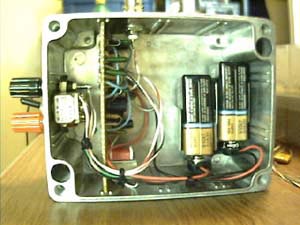

Zheng H, Holzworth R H, Brundell J B, et al. Magnetospherically reflected (MR) whistlers observed in DEMETER satellite and on the ground observation of normal whistlers at low latitudes. Lightning-generated whistler waves observed by probes on the Communication/Navigation Outage Forecast System satellite at low latitudes.

Holzworth R H, McCarthy M P, Pfaff R F, et al. On the propagation of low-latitude whistlers. Stanford: Stanford University Press, 1965 Whistlers and Related Ionospheric Phenomena. The computed dispersion varies between ∼15 s 1/2 and 23 s 1/2 for observed one-hop whistlers and is greater than 50 s 1/2 for three-hop echo train whistlers, indicating that the whistlers observed at the Suizhou station are low latitude whistlers. Both features of lower cutoff frequencies of most whistlers below ∼1.6 kHz and almost uniform dispersion for many successive multi-flash whistlers suggest that these whistlers propagate along the geomagnetic field lines in the duct mode. They tend to intensify after local midnight, reach the peak around 04‒05 LT, and then weaken quickly.

Observed whistlers manifest various types including single one-hop, echo train, multi-flash, and multi-path. During the first-month operation of the receiver system, a total of 3039 clear whistlers have been recorded at this low latitude station with the majority (97.0%) occurring on 28 February and 1 March 2016. The recently developed high-quality WHU ELF/VLF receiver system has been deployed in Suizhou, China (geomagnetic latitude 21.81°N, longitude 174.44☎, L=1.16) to detect low latitude extremely-low-frequency (ELF: 0.3‒3 kHz) and very-low-frequency (VLF: 3‒30 kHz) emissions originating from either natural or artificial sources since February 2016.


 0 kommentar(er)
0 kommentar(er)
